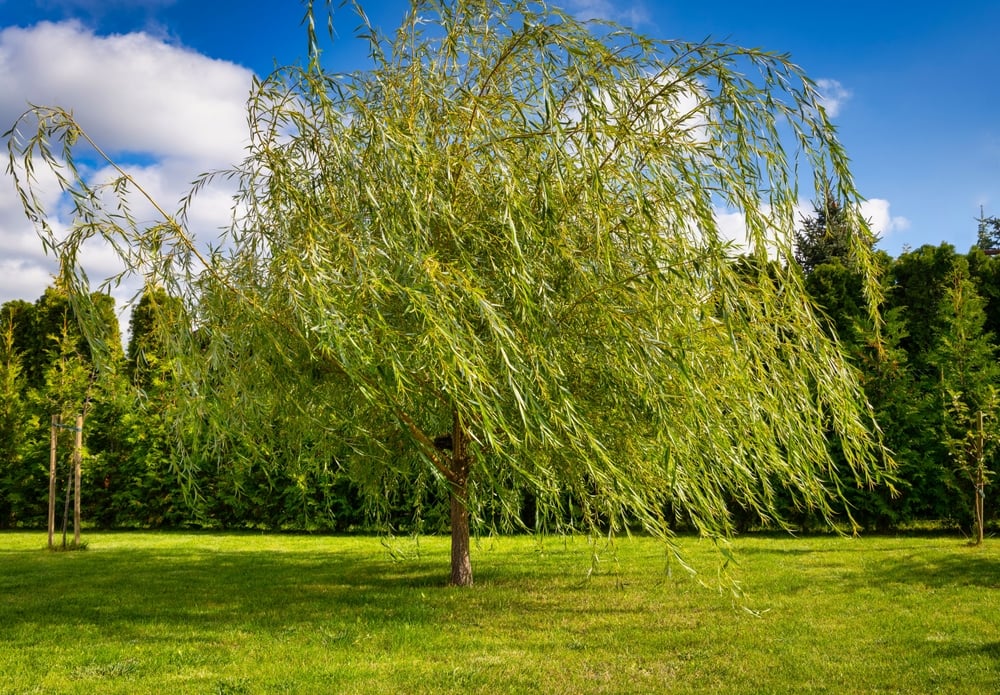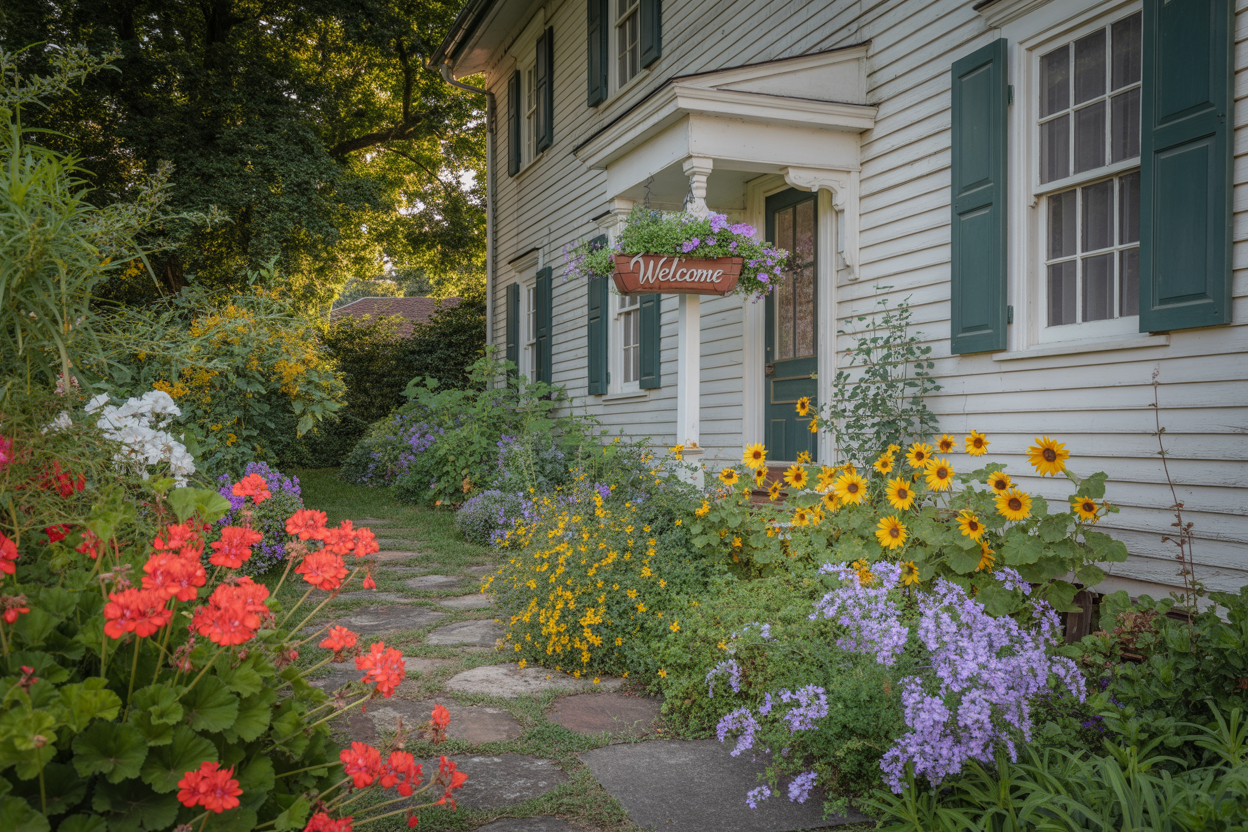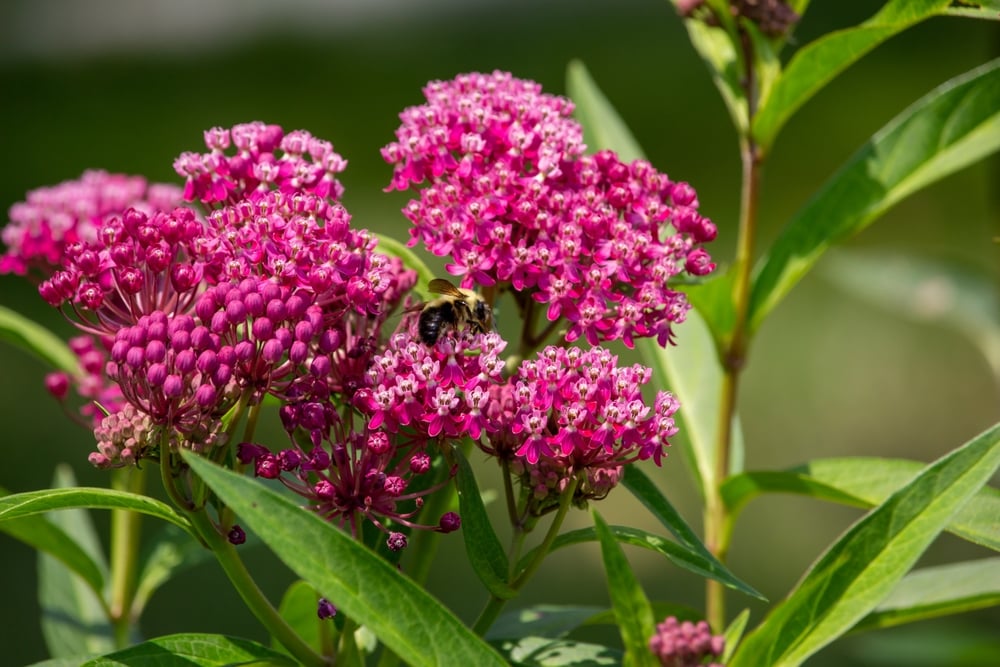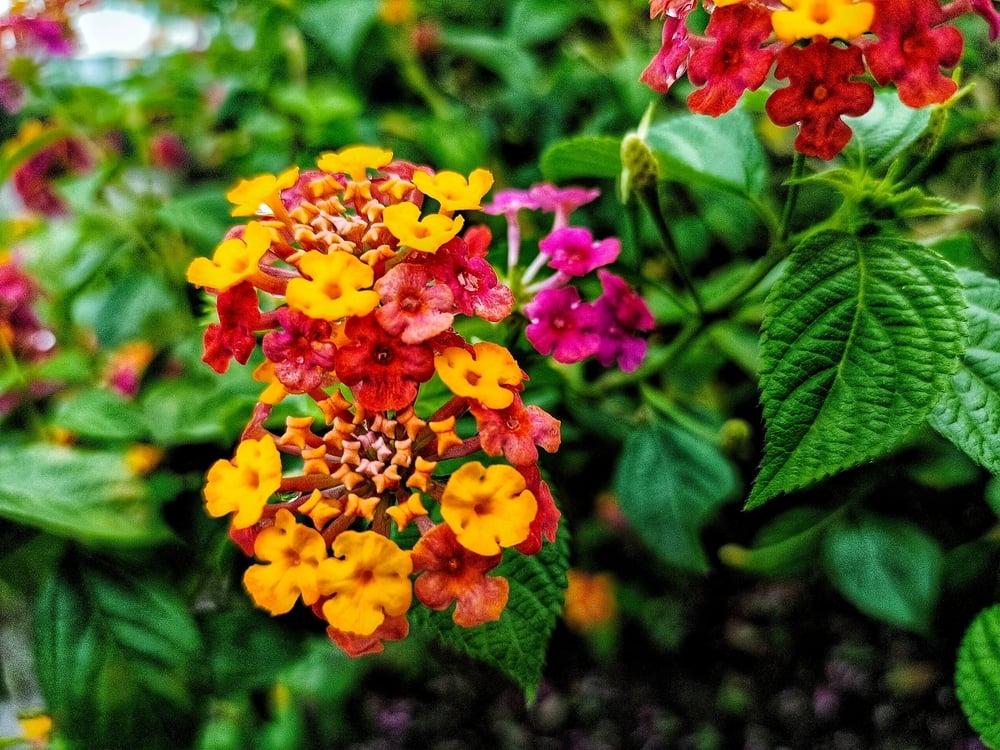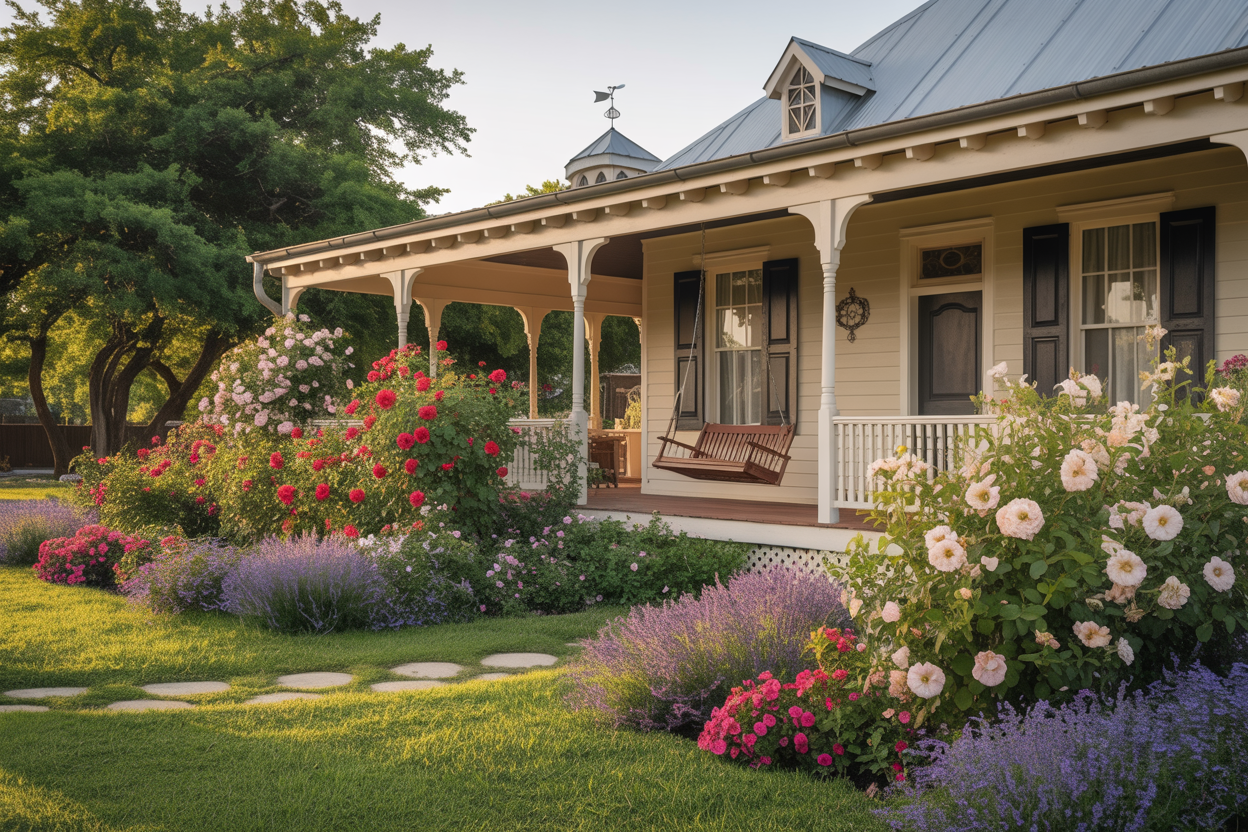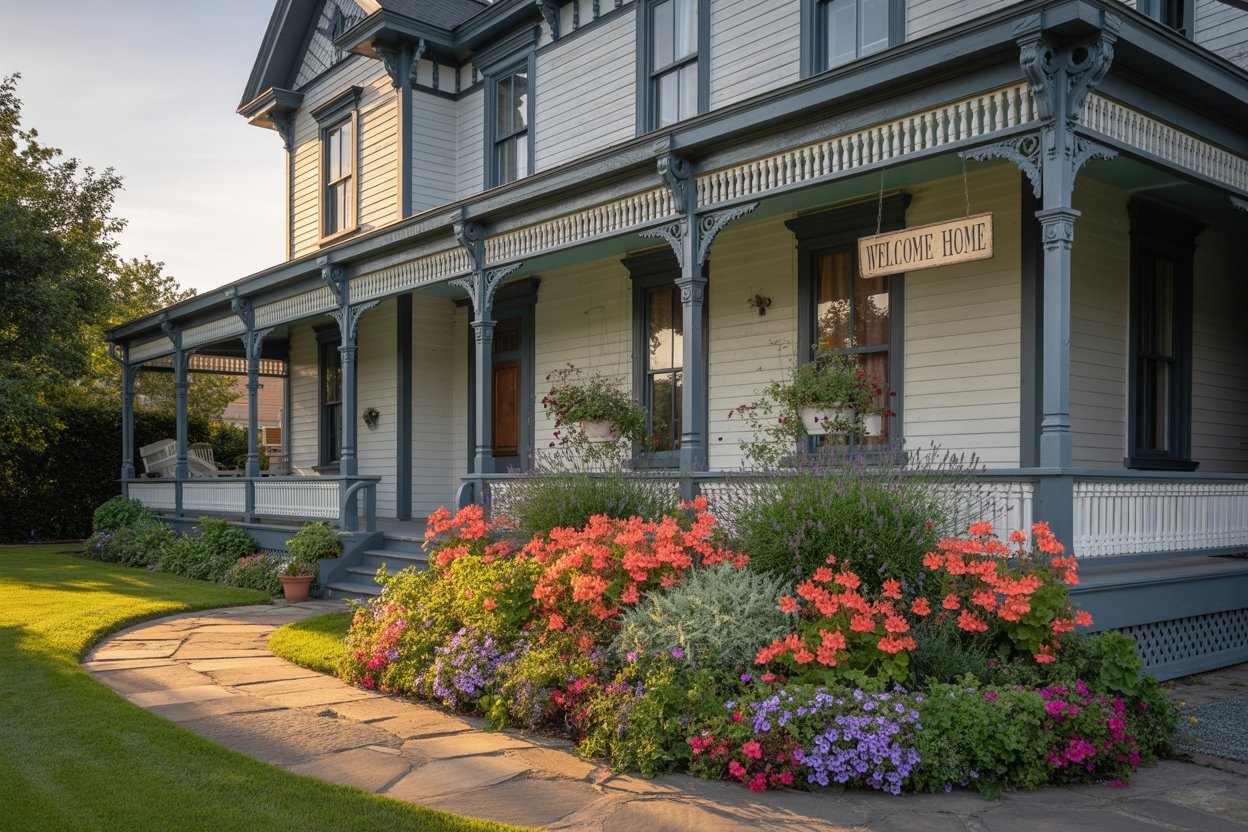
Your front yard is working 24/7 as your home’s first impression, and some popular landscaping trends might be costing you more than you think. While these design choices may seem trendy or low-maintenance, real estate experts and appraisers are increasingly flagging them as value-killers that could slash thousands off your home’s worth.
15. When Less Becomes Literally Nothing
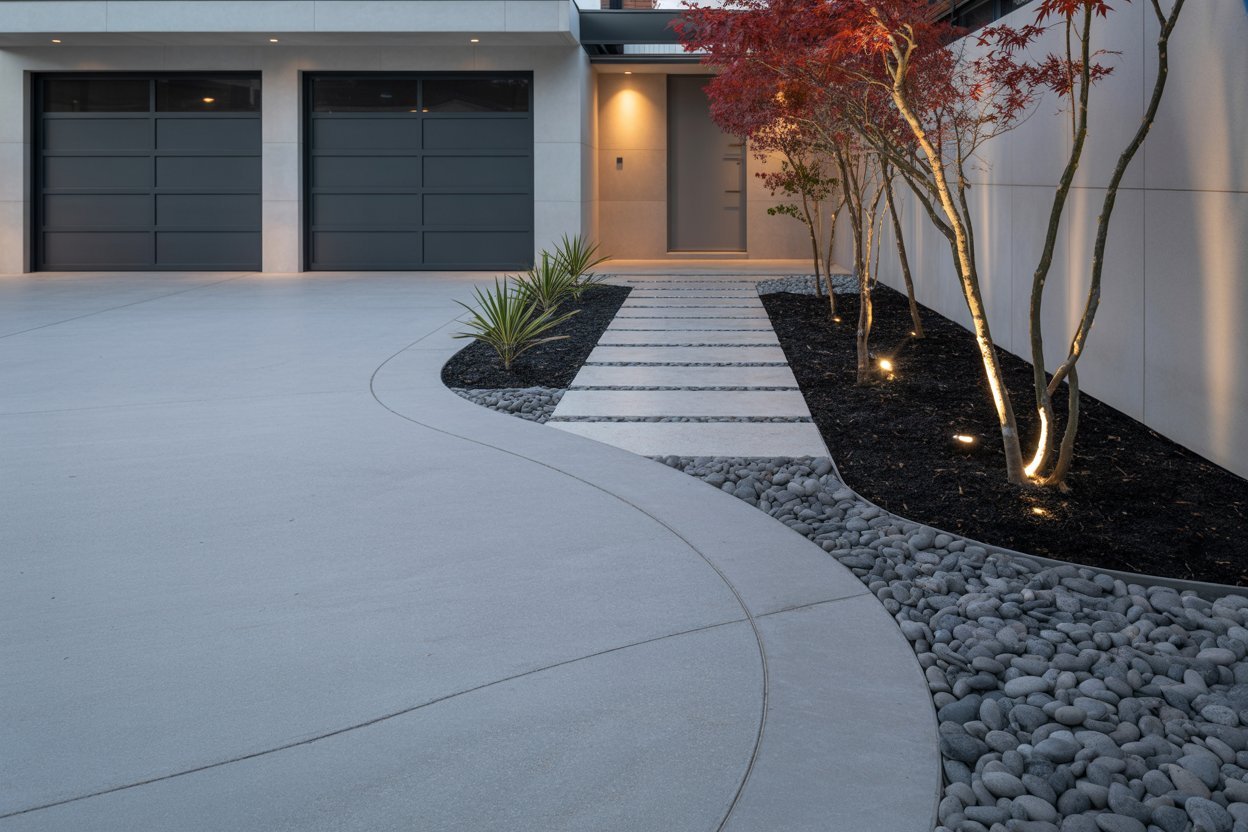
The complete removal of grass in favor of bare hardscaping might feel modern and water-conscious, but it’s creating a sterile landscape that buyers actively avoid. Real estate professionals report that homes with entirely grassless front yards sit on the market 23% longer than comparable properties with traditional mixed landscaping. The psychological impact of walking up to a home surrounded by concrete, gravel, or artificial surfaces triggers subconscious associations with commercial properties rather than welcoming family homes.
Beyond buyer psychology, these stark landscapes create practical problems that savvy buyers recognize immediately. Without vegetation to absorb rainwater and moderate temperature, these yards become heat islands that increase cooling costs and create drainage issues. Many municipalities are also implementing regulations requiring minimum green space percentages, meaning future owners might face costly retrofitting requirements.
The most successful drought-resistant landscaping incorporates native grasses, ground covers, and strategic hardscaping rather than eliminating living elements entirely. Properties with thoughtfully designed xeriscaping that includes 30-40% vegetation maintain their value while achieving water conservation goals.
14. The Invasion of the Plastic Fantastic
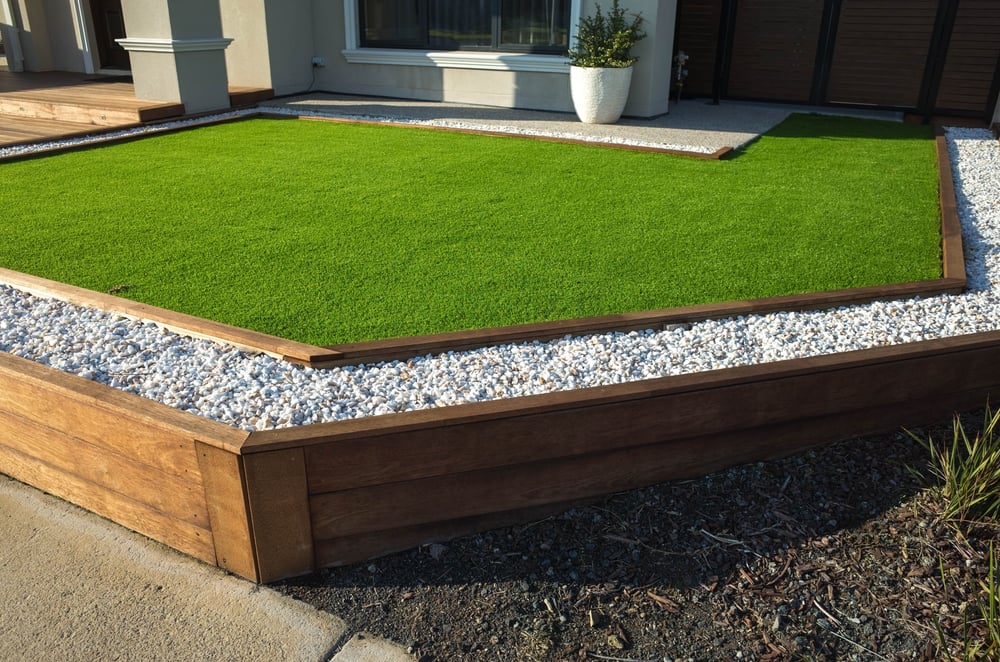
Artificial grass installation has exploded in popularity, but real estate appraisers are increasingly treating it as a liability rather than an asset. High-quality artificial turf systems cost $15-25 per square foot installed, yet they add zero long-term value to most properties while creating ongoing maintenance headaches that informed buyers factor into their offers.
The technology behind synthetic grass has improved dramatically, but it still fails to replicate the temperature-regulating properties of natural grass. Surface temperatures can reach 160°F on summer days, creating uncomfortable outdoor spaces and increasing ambient heat around the home. Additionally, most artificial grass installations have lifespans of 8-15 years before requiring complete replacement, representing a hidden cost that buyers calculate into their purchase decisions.
Perhaps most problematically, artificial grass often signals to buyers that the property has underlying soil or drainage issues that made natural grass impossible to maintain. This assumption, whether accurate or not, can trigger requests for extensive inspections and soil testing that complicate sales processes and reduce final offers.
13. Desert Dreams Becoming Suburban Nightmares

Southwestern-style xeriscaping with large cacti, desert plants, and extensive rock gardens looks stunning in Arizona but appears jarring and out-of-place in most other climates. Regional appropriateness has become a major factor in property valuations, with landscaping that fights against local climate conditions consistently reducing home values by 3-8%.
The maintenance requirements of desert plants in non-desert climates often exceed those of traditional landscaping. Succulents and cacti require specific soil conditions, drainage systems, and winter protection that most homeowners underestimate. When these installations fail, they leave behind expensive hardscaping and irrigation systems with dead or dying plants that create immediate negative impressions.
Climate-inappropriate landscaping also raises red flags about the homeowner’s overall property maintenance philosophy. Buyers wonder what other decisions were made without considering long-term practicality, leading to more scrutinized inspections and conservative offers that account for potential hidden problems throughout the property.
12. When Minimalism Goes Too Far

The trend toward ultra-minimal landscaping with geometric shapes, single plant varieties, and stark color palettes appeals to design enthusiasts but alienates mainstream buyers who prefer more traditional, welcoming landscapes. Properties featuring severely minimal front yards typically receive 15-20% fewer showing requests than comparable homes with balanced landscaping approaches.
Minimalist landscapes often lack the layered plantings that provide year-round visual interest and seasonal variety. Single-species installations create boom-or-bust visual cycles where the landscape either looks perfect or completely barren, with no middle ground. This lack of resilience translates to higher maintenance costs and more dramatic appearance fluctuations that buyers perceive as risky investments.
The psychological impact of overly minimal front yards cannot be understated. Humans are evolutionarily programmed to find diverse, layered natural environments appealing and safe. Landscapes that eliminate this complexity can trigger subconscious discomfort that affects buyers’ emotional connection to properties, directly impacting sale prices and time on market.
11. The Great Mulch Mistake
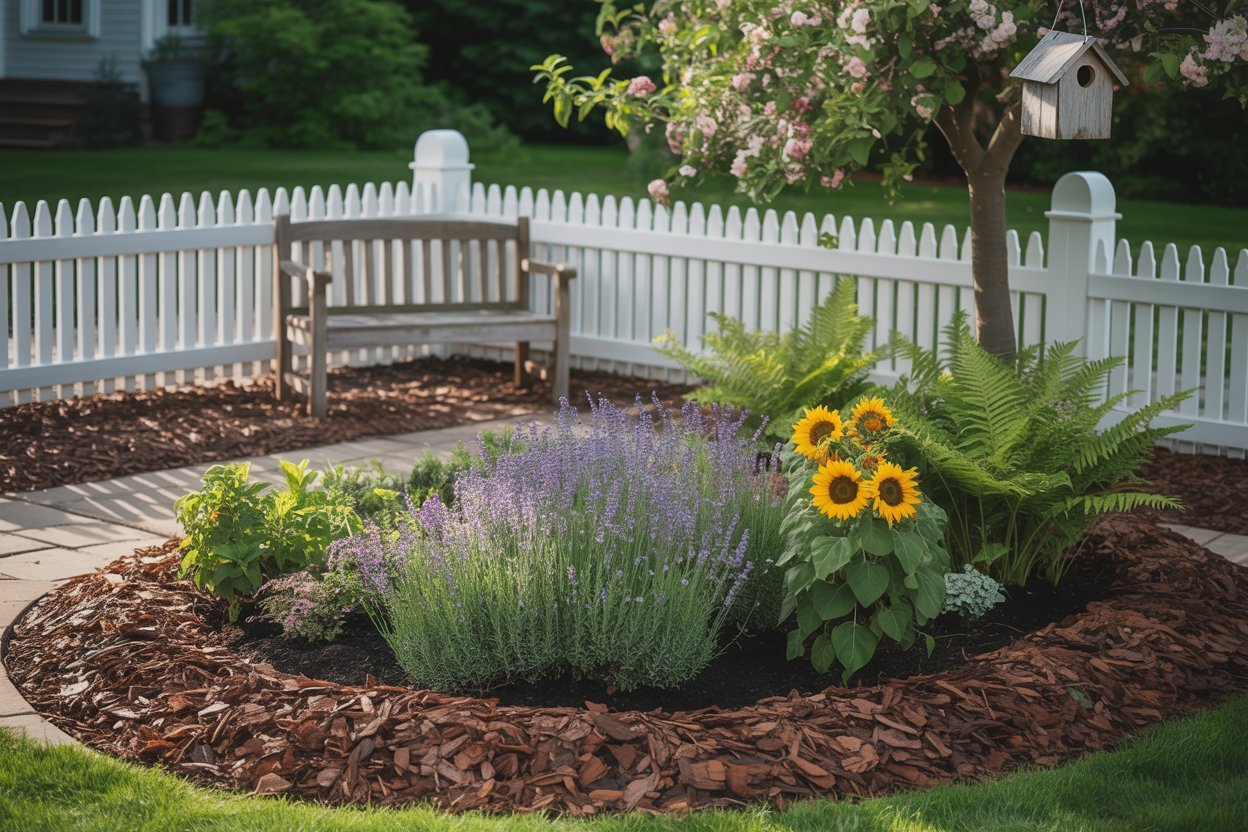
Excessive mulching has become the go-to solution for low-maintenance landscaping, but thick mulch beds covering entire front yards create more problems than they solve. Professional landscapers recommend 2-3 inches of mulch around plants, yet many homeowners apply 6-8 inches across vast areas, creating anaerobic conditions that kill beneficial soil organisms and promote pest infestations.
Over-mulched landscapes signal poor landscaping knowledge to potential buyers and create ongoing maintenance nightmares. Thick mulch layers harbor rodents, create fire hazards in dry climates, and prevent natural water infiltration that leads to surface runoff and erosion problems. Properties with excessive mulching often require complete soil remediation before new landscaping can be successfully established.
The aesthetic impact of mulch-heavy landscapes is equally problematic. Large expanses of uniform mulch create monotonous visual fields that lack the texture and interest buyers expect from thoughtfully designed outdoor spaces. This approach often indicates shortcuts in initial landscaping that suggest similar corner-cutting throughout the property.
10. Privacy Walls That Scream Problems

Tall privacy walls and extensive fencing across front yards might provide seclusion, but they send concerning messages to potential buyers about neighborhood safety, property boundaries, and maintenance requirements. Homes with fortress-like front yard barriers typically sell for 5-12% less than comparable properties with open, welcoming approaches.
Extensive front yard fencing often indicates boundary disputes, difficult neighbors, or security concerns that buyers prefer to avoid entirely. Even when installed for legitimate privacy reasons, these barriers create psychological separation from the community that contradicts most buyers’ desires for neighborhood connection and social integration.
The maintenance and replacement costs associated with extensive fencing systems represent significant ongoing expenses that savvy buyers factor into their offers. Wooden fences require regular staining or replacement every 8-15 years, while metal systems need periodic rust treatment and potential full replacement due to weather damage or style obsolescence.
9. The Gravel Garden Gamble

All-gravel landscaping might seem like the ultimate low-maintenance solution, but it creates more problems than traditional alternatives while significantly reducing property appeal. Gravel-dominated front yards consistently receive negative feedback in buyer surveys, with 78% of potential purchasers describing them as “unwelcoming” or “commercial-looking.”
Gravel installations require extensive substrate preparation, proper edging, and regular maintenance to prevent weed infiltration and stone migration. Without proper installation, gravel landscapes become patchy, weedy disasters that cost more to remediate than traditional grass and plant combinations. The initial cost savings quickly disappear when proper installation and ongoing maintenance requirements are calculated.
The practical problems with gravel landscaping extend beyond aesthetics. Loose stones create hazards for children and elderly visitors, while snow removal becomes complicated and potentially damaging to both the gravel and underlying surfaces. These safety and maintenance concerns translate directly into reduced buyer interest and lower offer prices.
8. Modern Art Meets Mortgage Disaster
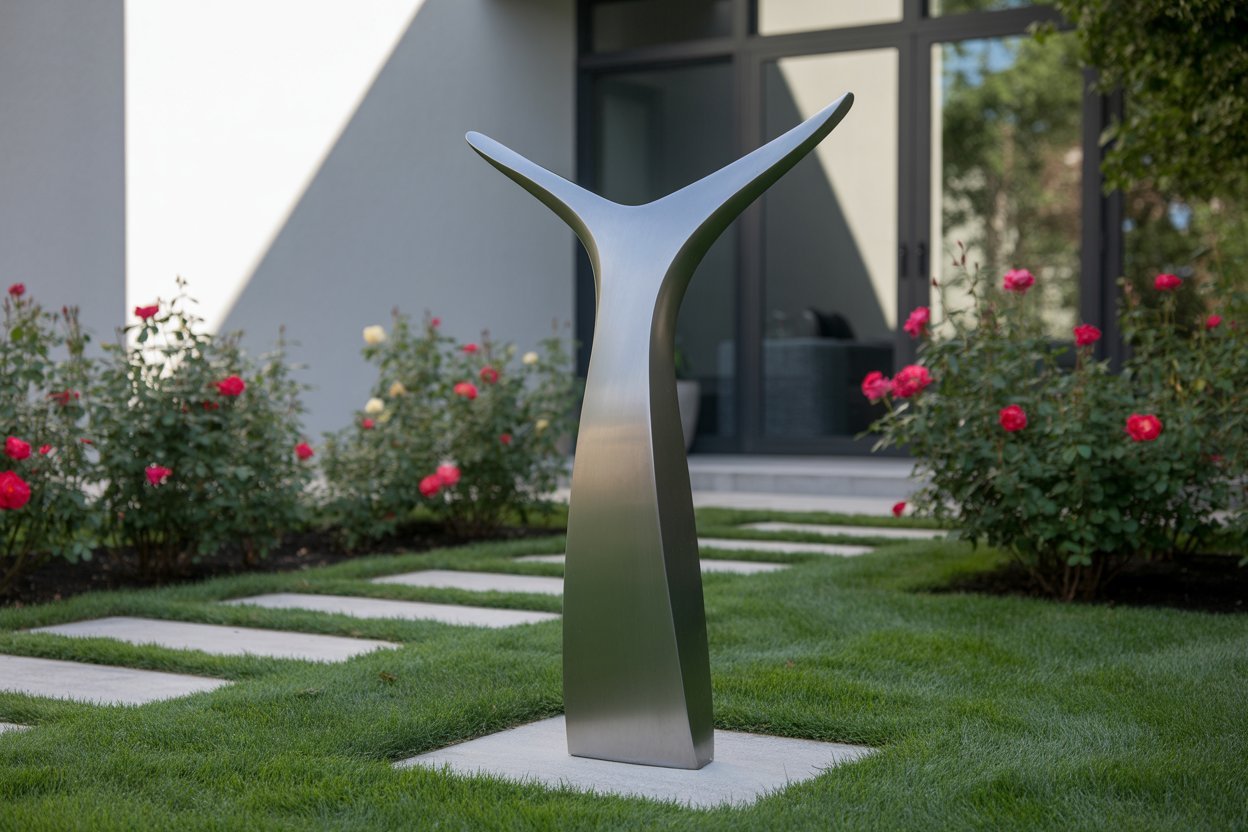
Contemporary sculpture installations and avant-garde landscape art might reflect personal taste, but they rarely translate into increased property values and often actively reduce buyer appeal. Real estate professionals report that properties with prominent artistic installations sell for 8-15% less than comparable homes with traditional landscaping features.
The highly personal nature of artistic installations means they appeal to very narrow buyer segments while potentially alienating the majority of potential purchasers. What seems sophisticated and cultured to one person appears pretentious or bizarre to others, creating polarized reactions that limit the buyer pool and reduce competitive bidding situations.
Removal costs for installed landscape art often exceed the original installation expenses, particularly for large sculptures or integrated artistic elements. Buyers factor these removal and restoration costs into their offers, effectively making sellers pay twice for their artistic expression when it comes time to sell.
7. The Fake Stone Phenomenon
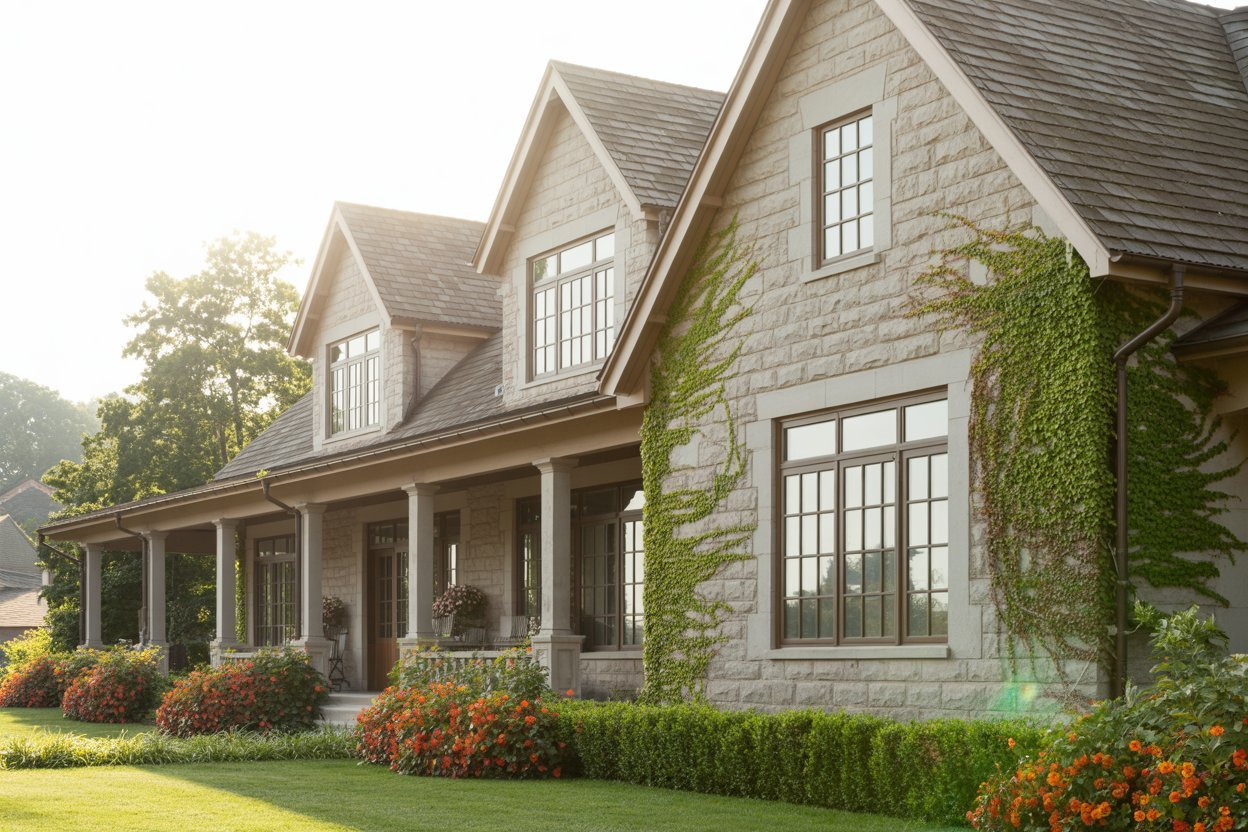
Manufactured stone veneer and artificial rock installations promise natural beauty without natural costs, but they consistently fail to deliver the value proposition they advertise. Properties featuring extensive artificial stone work typically appraise 3-7% lower than homes with genuine natural materials or well-executed traditional alternatives.
The quality variations in manufactured stone products create long-term durability concerns that buyers and appraisers recognize immediately. Lower-grade artificial stone systems show wear, fading, and damage within 5-10 years, while even premium products lack the timeless appeal and longevity of natural materials that justify their installation costs.
Artificial stone installations often signal budget constraints or corner-cutting approaches that raise questions about other property improvements and maintenance decisions. This perception, whether accurate or not, influences buyer psychology and negotiating positions throughout the sales process.
6. Container Garden Chaos
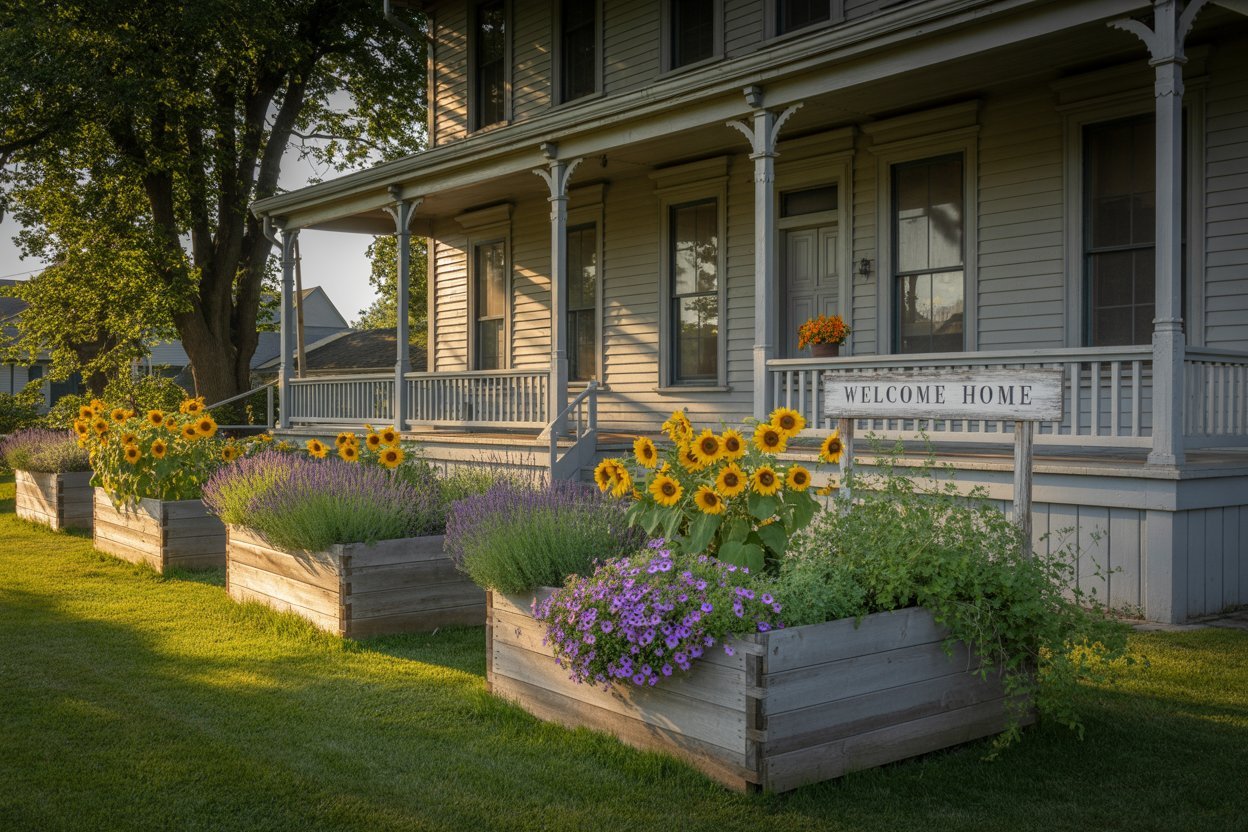
The trend toward container-based front yard landscaping using large planters, raised beds, and portable garden systems appeals to renters-turned-homeowners but creates permanent property value challenges. Extensive container installations signal temporary thinking that contradicts buyers’ desires for established, permanent landscape investments.
Container gardens require intensive maintenance, frequent watering, and regular plant replacement that most buyers prefer to avoid. The visual impact of container-heavy landscapes often appears cluttered and residential-commercial rather than thoughtfully designed, reducing the sophisticated curb appeal that drives premium property values.
Weather-related damage to container installations creates ongoing replacement costs and seasonal appearance fluctuations that buyers perceive as high-maintenance investments. Properties with extensive container landscaping often require complete redesign to appeal to traditional buyers, representing additional costs that reduce net proceeds from sales.
5. The Monoculture Trap
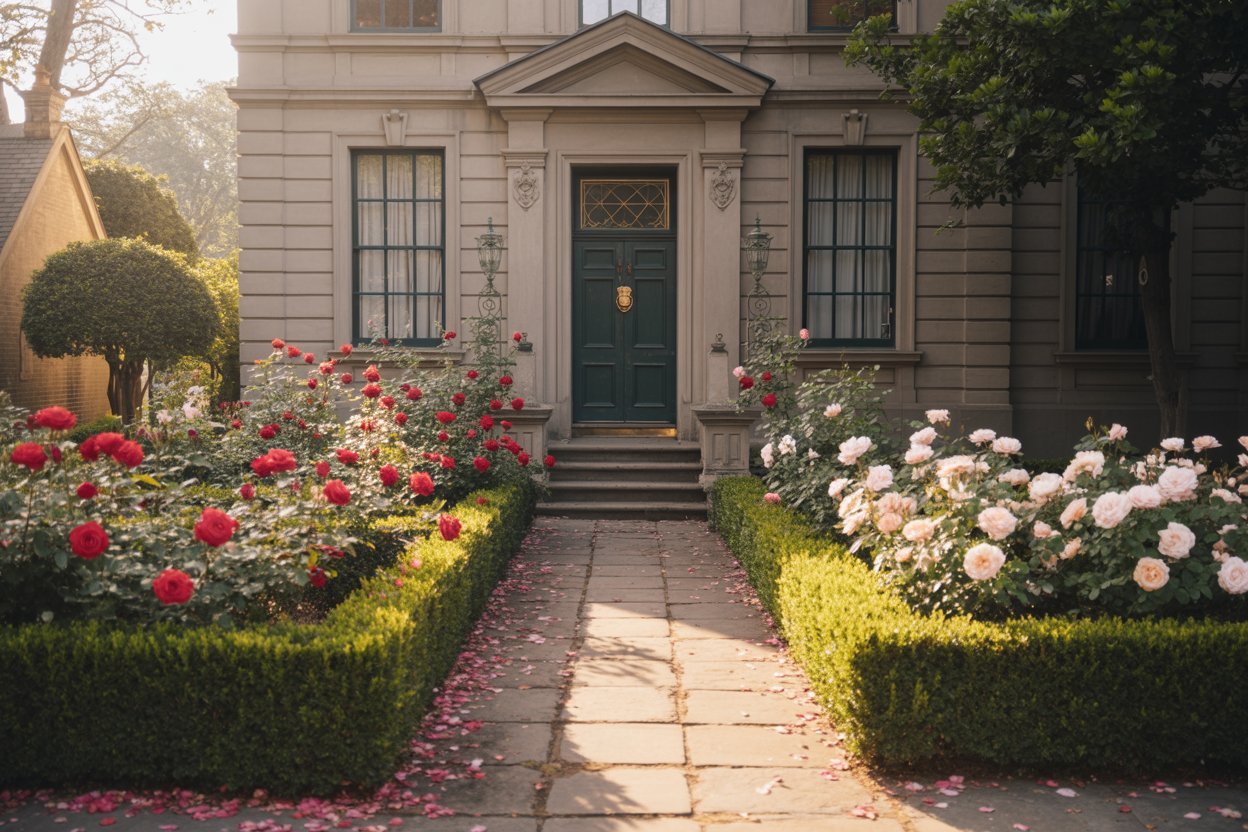
Single-species plantings across entire front yards might seem elegant and cohesive, but they create biological and visual vulnerabilities that sophisticated buyers recognize as long-term liabilities. Monoculture landscapes lack the resilience and seasonal interest that characterize valuable, sustainable landscape investments.
Disease and pest problems in monoculture installations can devastate entire landscapes overnight, leaving properties with dead or dying plants that create immediate negative impressions. The lack of biodiversity also eliminates the natural pest control and soil health benefits that diverse plantings provide, leading to increased chemical inputs and maintenance requirements.
The visual monotony of single-species landscapes fails to provide the layered interest and seasonal variety that buyers expect from premium properties. These installations often appear more institutional than residential, reducing the emotional connection that drives competitive offers and premium sale prices.
4. Trendy Plant Disasters
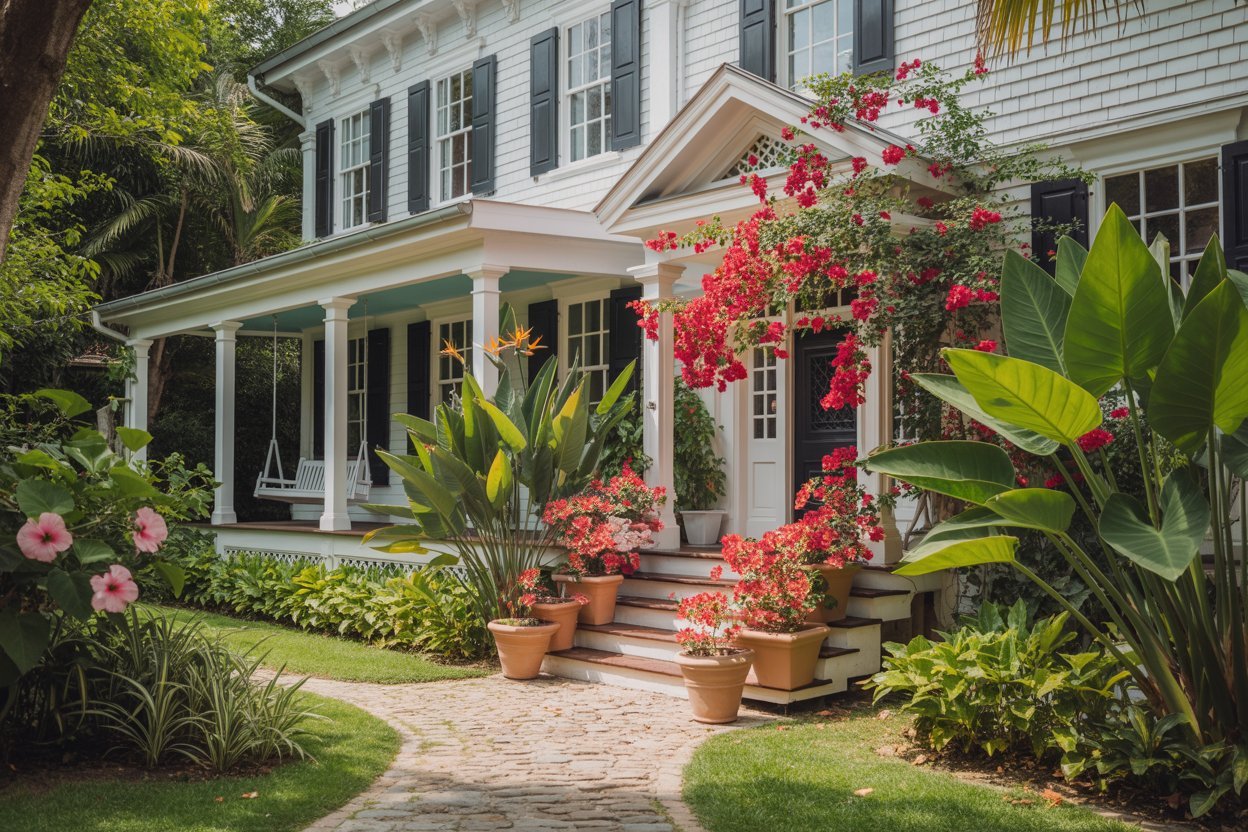
Instagram-worthy plant selections that prioritize visual drama over climate appropriateness consistently create long-term maintenance nightmares that reduce property values. Tropical plants in temperate climates, oversized specimens in small spaces, and high-maintenance exotic varieties signal poor planning decisions that buyers associate with other property management problems.
The replacement costs for failed trendy plantings often exceed the original installation expenses, particularly when specialized soil amendments, irrigation systems, or protection structures were required. Buyers calculate these potential replacement costs into their offers, effectively penalizing sellers for their experimental landscaping choices.
Maintenance requirements for exotic and climate-inappropriate plants often require specialized knowledge and professional services that typical homeowners cannot or will not provide. This dependence on professional maintenance creates ongoing cost obligations that buyers prefer to avoid, leading to reduced offers that account for simplified landscape replacement.
3. Lighting That Blinds Value
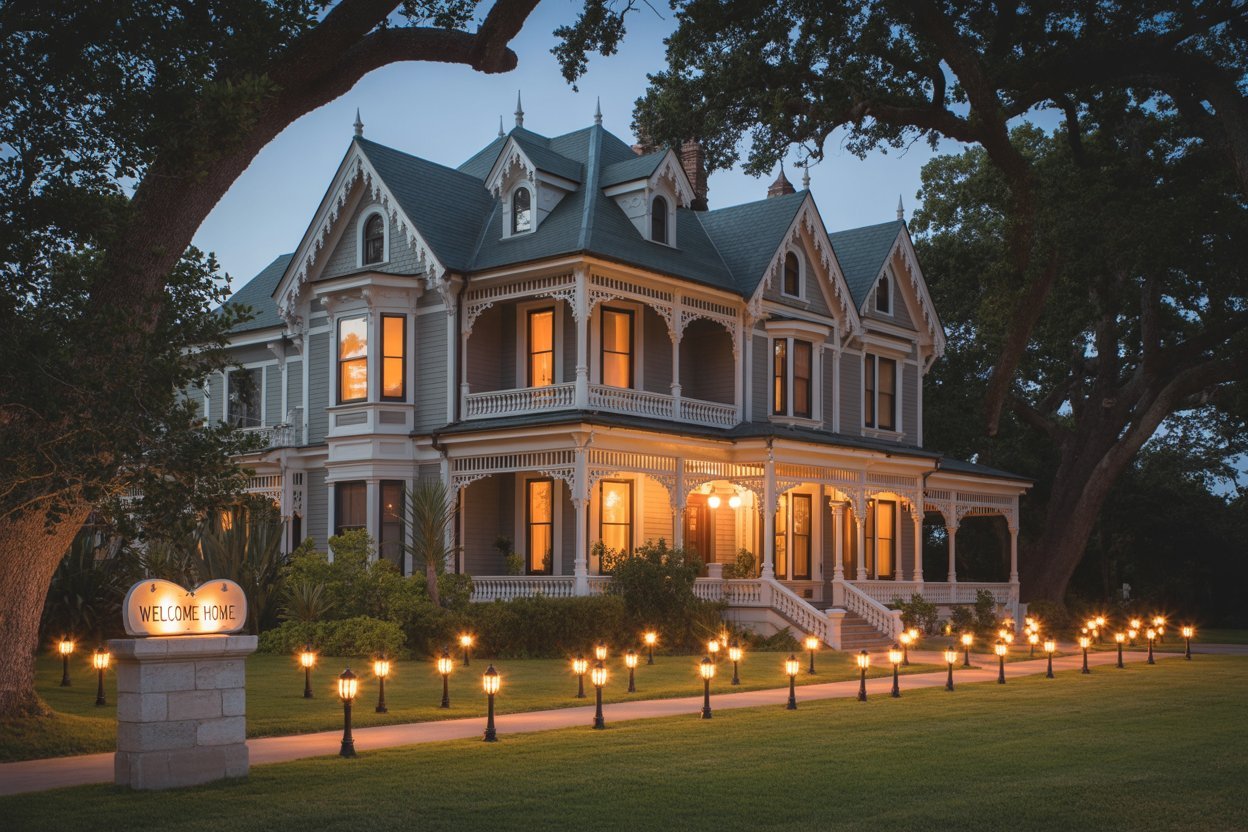
Excessive or inappropriate landscape lighting installations create more problems than they solve while failing to add corresponding value to properties. Over-lit front yards appear commercial rather than residential, while poorly designed lighting systems create glare problems, energy costs, and maintenance headaches that buyers factor into their purchase decisions.
Solar lighting installations often promise eco-friendly, cost-effective illumination but deliver inconsistent performance and frequent replacement requirements that create ongoing maintenance obligations. The plastic components in most solar lighting systems degrade quickly under UV exposure, creating unsightly installations that detract from rather than enhance property appeal.
Professional-grade landscape lighting systems represent significant investments that rarely provide proportional value returns. Complex lighting installations require electrical expertise for maintenance and repairs, creating dependencies on specialized services that most buyers prefer to avoid when selecting properties.
2. The Maintenance-Free Myth
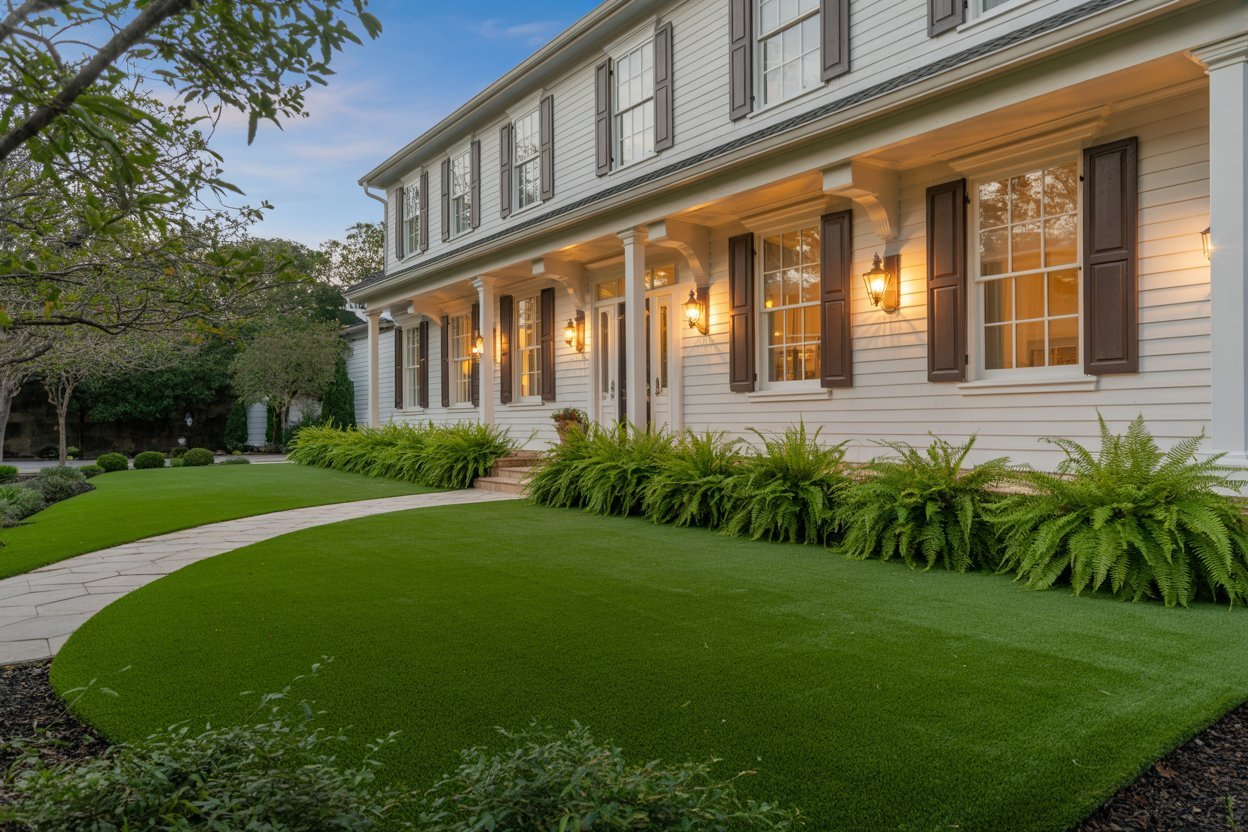
Landscapes marketed as “maintenance-free” or “zero-maintenance” invariably require more ongoing attention than traditional alternatives while providing less visual appeal and property value enhancement. These installations often rely on artificial materials, chemical treatments, or exotic plants that create hidden maintenance obligations and replacement costs.
The psychological impact of obviously low-maintenance landscapes signals cost-cutting approaches that buyers associate with other property shortcuts and deferred maintenance issues. Properties with maintenance-free landscapes often undergo more intensive inspections and receive more conservative offers that account for potential hidden problems throughout.
Truly successful low-maintenance landscaping requires significant upfront investment in proper soil preparation, appropriate plant selection, and quality hardscaping materials. Installations that attempt to minimize both initial costs and ongoing maintenance invariably fail to achieve either goal while reducing property appeal and market value.
1. The HOA Rebellion

Landscapes that flagrantly violate neighborhood aesthetic standards or homeowners association guidelines create legal and financial liabilities that can devastate property values and sales processes. Even in non-HOA neighborhoods, front yards that dramatically contrast with surrounding properties reduce buyer appeal and limit the potential purchaser pool.
The costs associated with bringing non-compliant landscapes into conformity often exceed the expenses of proper initial installation, particularly when established plants must be removed, hardscaping demolished, or specialized systems replaced. Buyers factor these compliance costs into their offers, effectively making sellers pay for their landscaping rebellion.
Legal complications arising from landscape violations can delay or prevent property sales entirely, creating carrying costs and market timing problems that compound the financial impact. Properties with ongoing landscape-related legal issues often require significant price reductions to attract buyers willing to assume these complications.
References:
- Better Homes & Gardens: Landscaping Mistakes That Hurt Home Value
- Realtor.com: Front Yard Landscaping Ideas That Add Curb Appeal and Value
- HGTV: Landscaping Mistakes That Could Cost You When You Sell
- This Old House: Landscape Design Mistakes to Avoid
- Bob Vila: 14 Front Yard Landscaping Mistakes You’re Probably Making
- The Spruce: Common Landscaping Mistakes That Decrease Property Value
- National Association of Realtors: Landscaping for Resale Value Study

